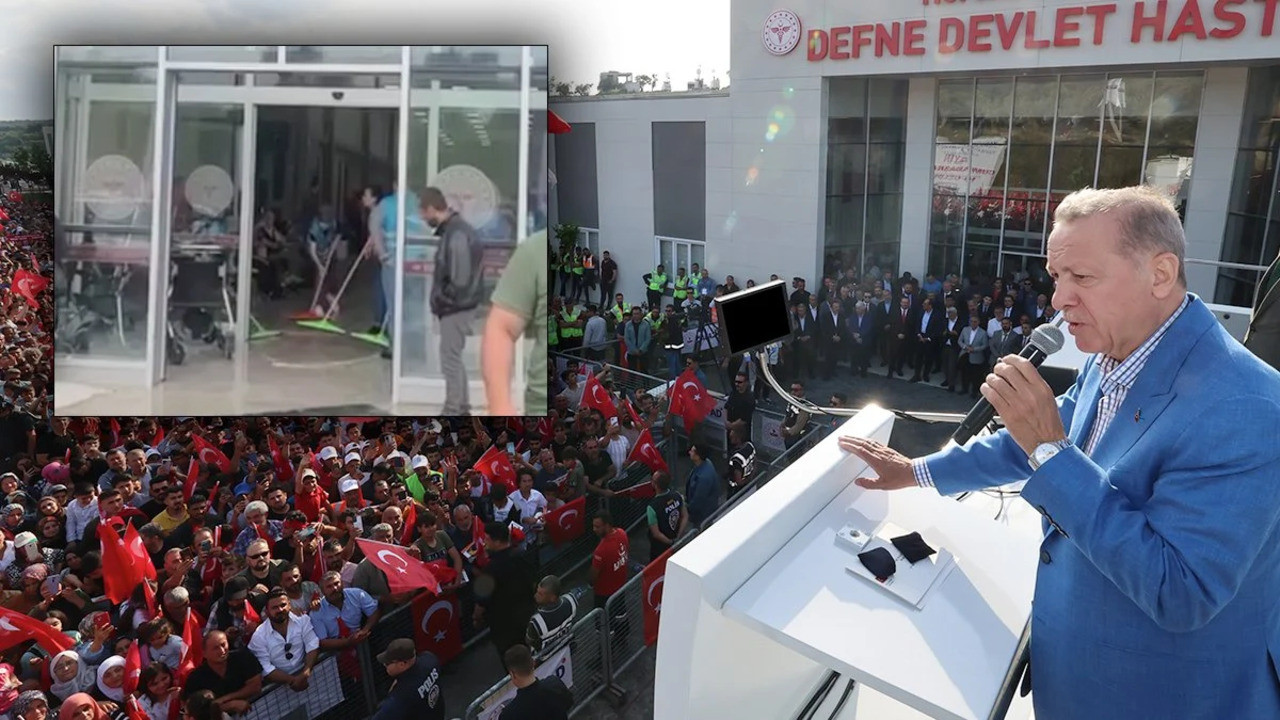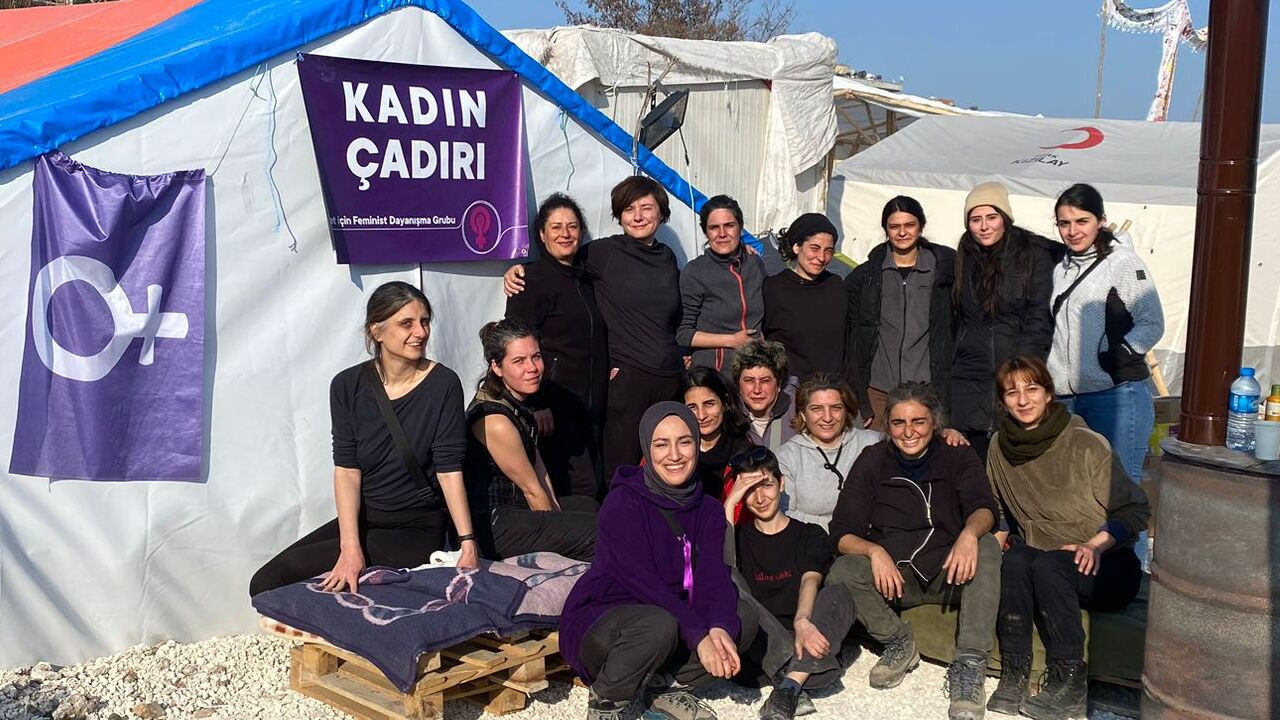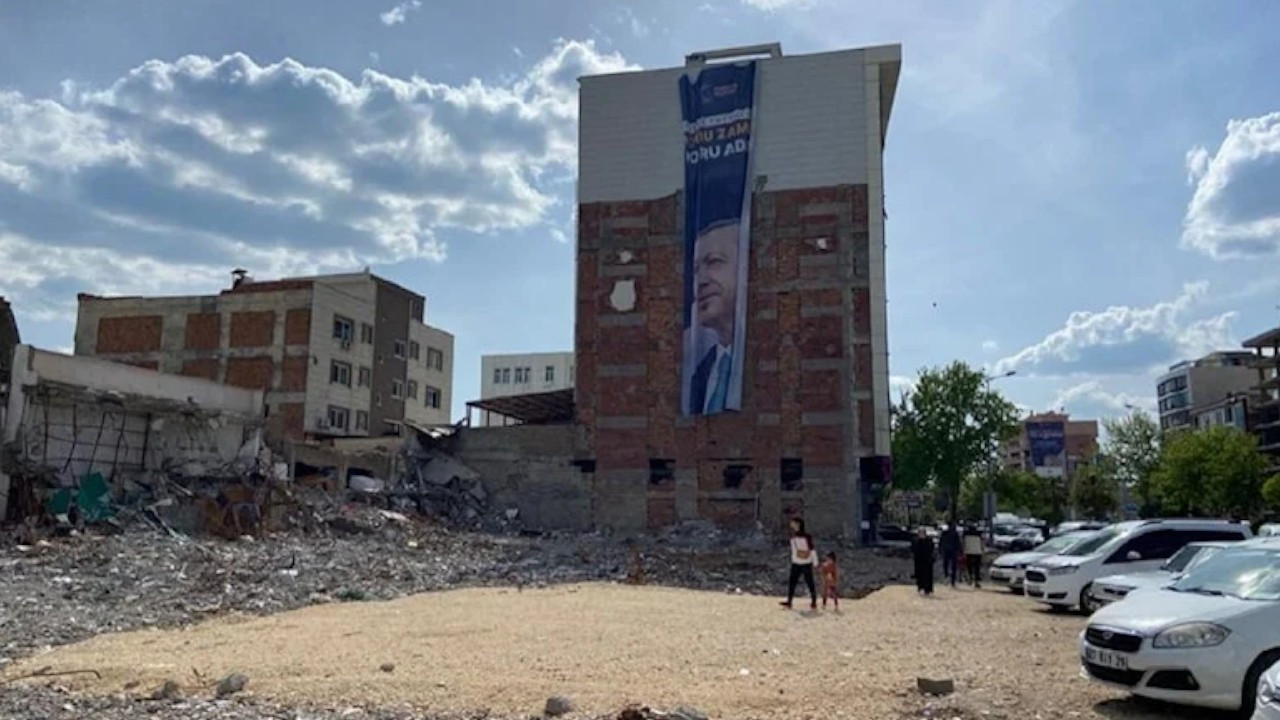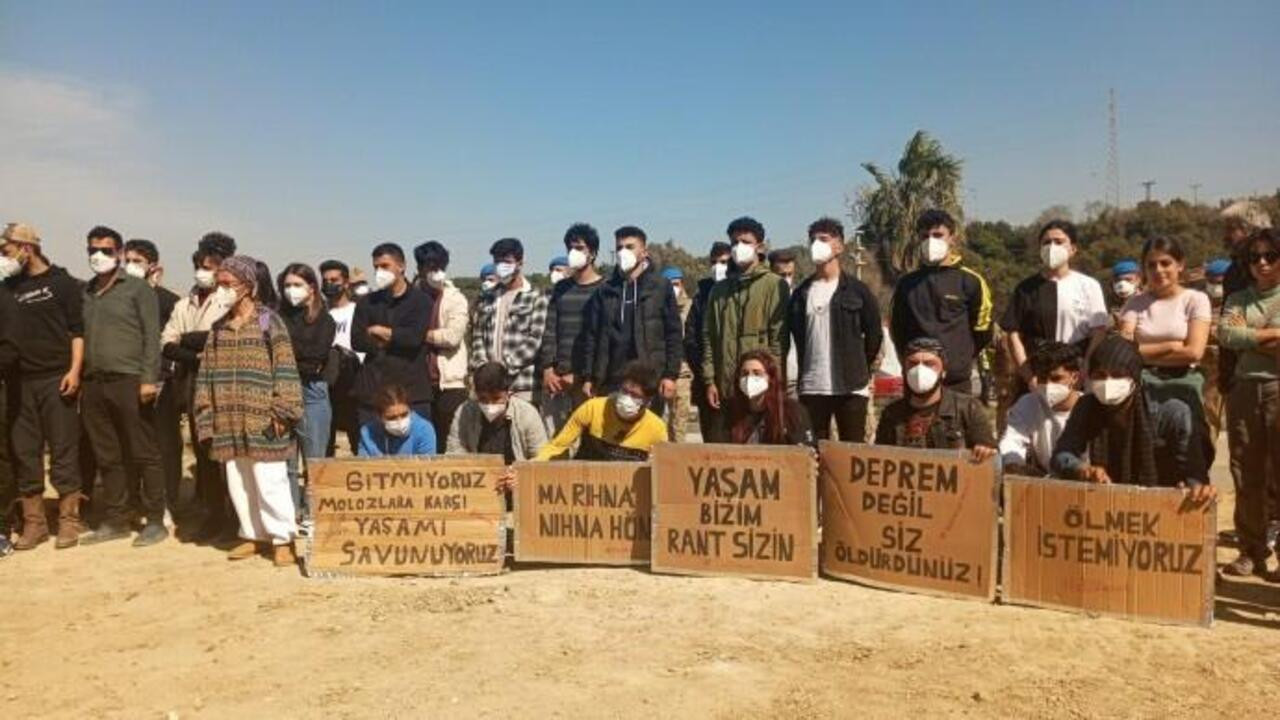Even after four months, protracted crisis persists in Turkey's quake zone
Four months have passed since the Feb. 6 earthquakes that devastated Southeastern Turkey. Health experts stated that insects in the disaster zone have increased with the arrival of summer and pointed out that there is no access to vaccines.
Duvar English
Four months have passed since the 7.8 and 7.5 magnitude earthquakes struck Turkey’s southeastern region on Feb. 6, killing more than 50,000 people. While thousands of survivors fled the disaster zone, the remaining population still has been experiencing problems regarding accommodation, healthcare, and hygiene.
Rubble removal operations have still been ongoing in many provinces, especially Malatya, Maraş, and Hatay. The Chamber of Environmental Engineers' air pollution report stated that air pollution during the debris removal operations after the earthquake has caused serious problems for air quality and will continue to do so, according to reporting by daily BirGün.
It is also very difficult to access treatment in regional hospitals. The government opened a public hospital in Hatay's Defne on May 22 yet, it was flooded a day after, revealing that infrastructure problems have not been resolved. Many Family Health Centers and public hospitals were destroyed in the earthquake, and primary and secondary healthcare services were not provided in the provinces for a long time.
For instance, tetanus vaccine is not available, while hepatitis A and hepatitis B vaccines are in short supply in Gaziantep province which was less damaged by the quakes than other provinces.
New problems also arose with the arrival of the summer months especially for those living in tent camps. Survivors do not want to stay in the tents that absorb all the heat yet, there is not enough container house. Insect and pest problems in the disaster zone have also increased. According to data from the Turkish Medical Association (TTB), the number of insect and rodent breeding grounds in Hatay province alone has increased from 120,000 to over one million.
There are also problems with access to clean water and hygiene products. Women in the region struggle to access pads, hygiene products, and underwear. Women face significant challenges in reaching safe areas within disaster zones. They often find themselves compelled to stay in poorly illuminated spaces, exacerbating their concerns about the lack of privacy.

 State hospital in quake-torn district flooded a day after President Erdoğan’s inaugurationDomestic
State hospital in quake-torn district flooded a day after President Erdoğan’s inaugurationDomestic Quake survivor women say their needs forgotten during electionsDomestic
Quake survivor women say their needs forgotten during electionsDomestic Erdoğan’s massive smiling poster across collapsed hotel draws ireDomestic
Erdoğan’s massive smiling poster across collapsed hotel draws ireDomestic Protestors detained for trying to prevent uncontrolled rubble dumping in quake zoneDomestic
Protestors detained for trying to prevent uncontrolled rubble dumping in quake zoneDomestic